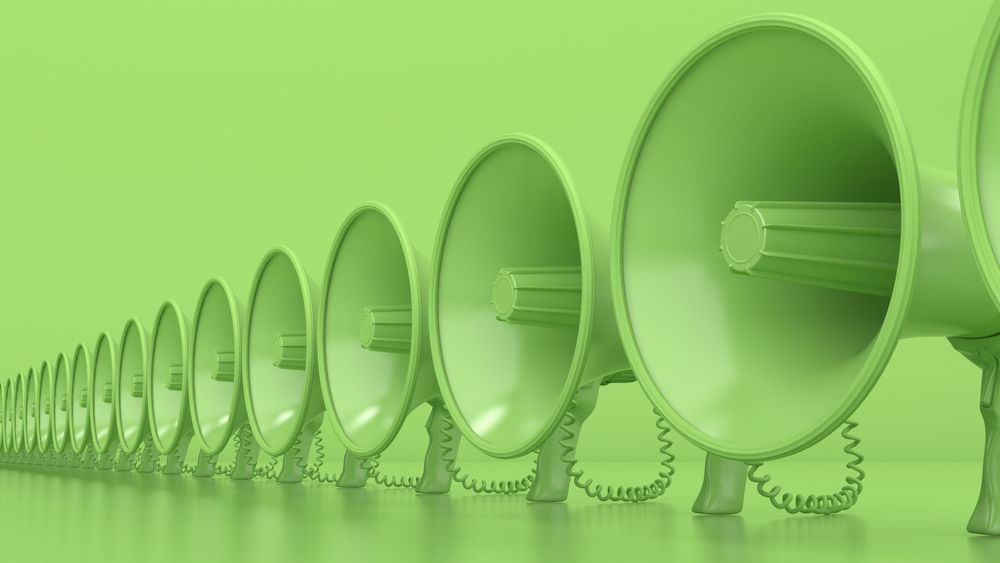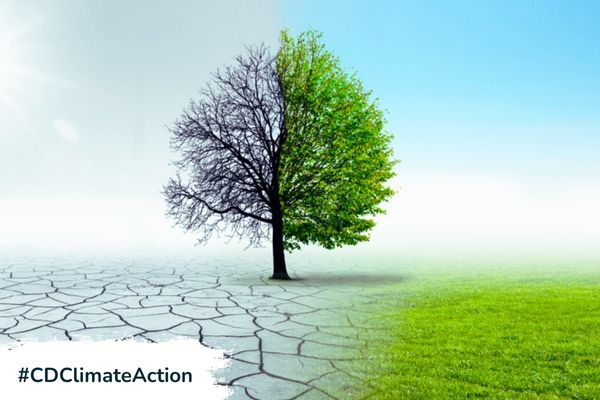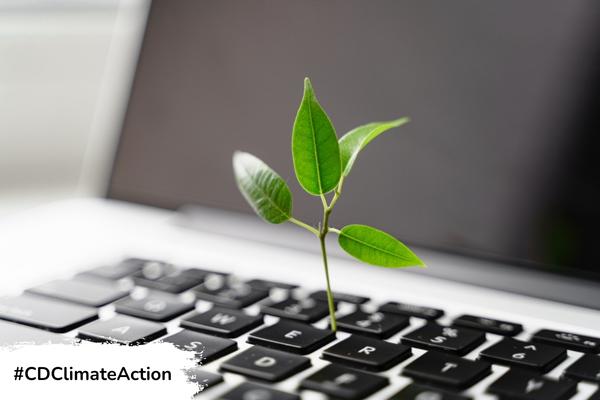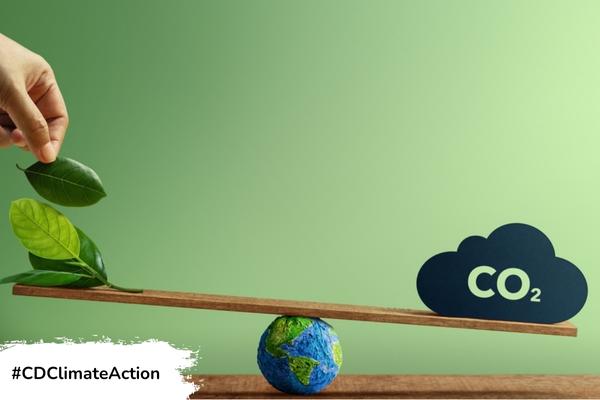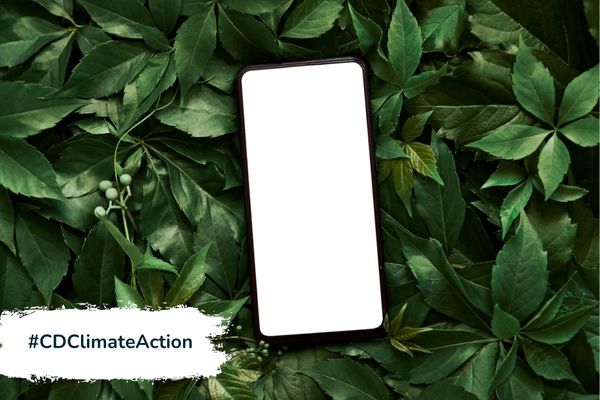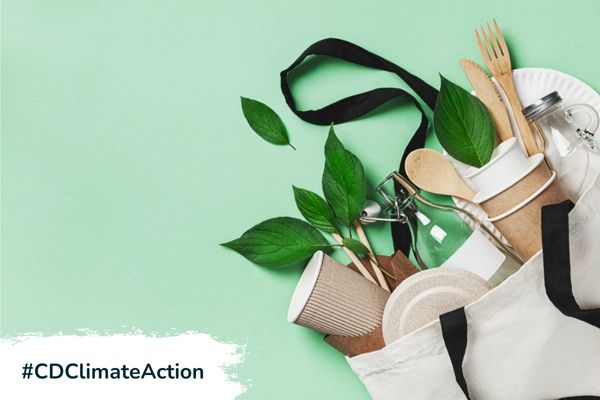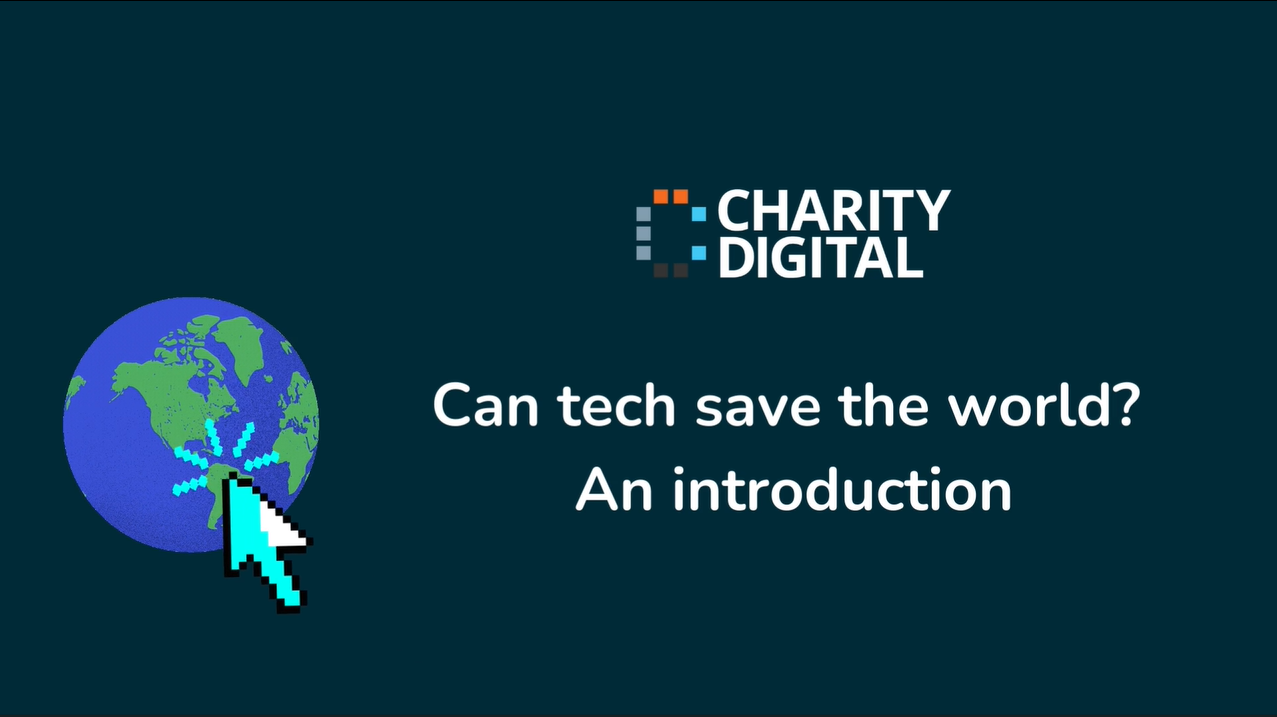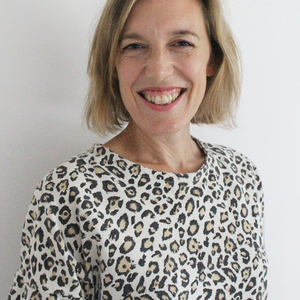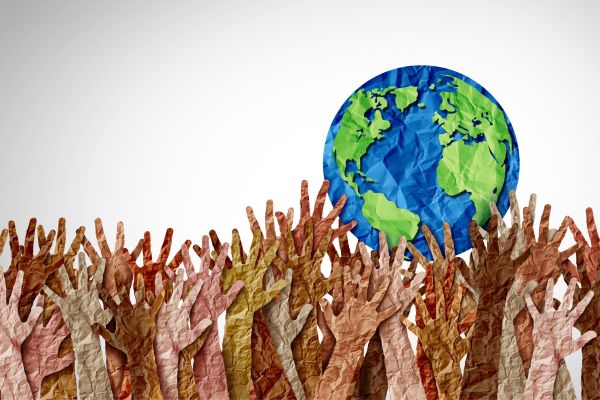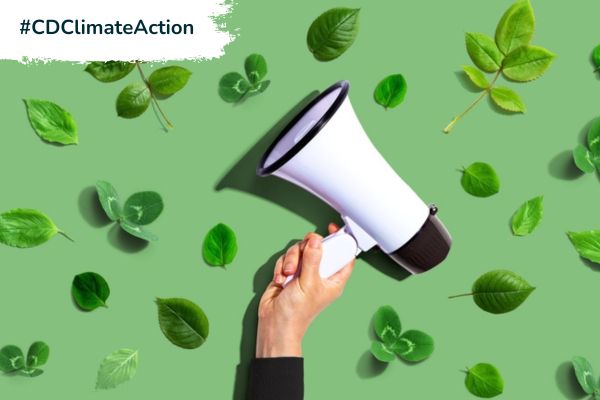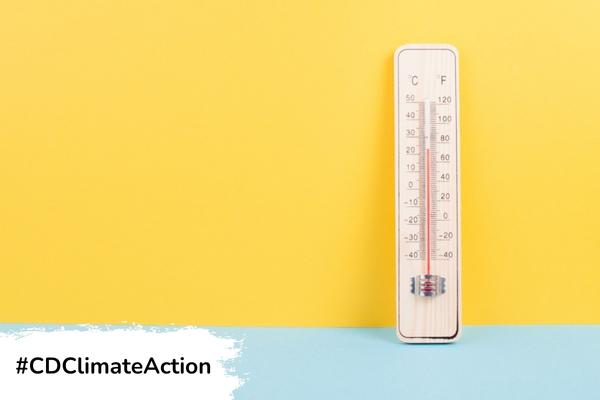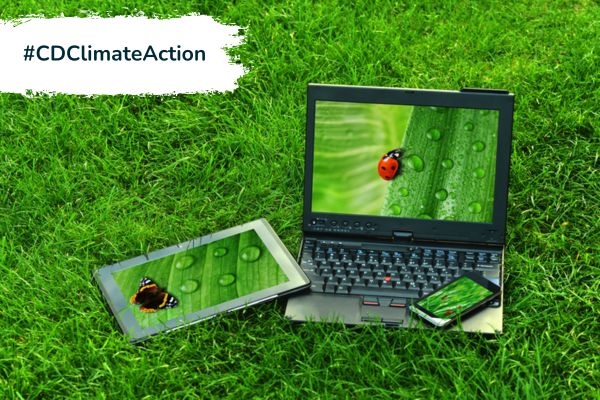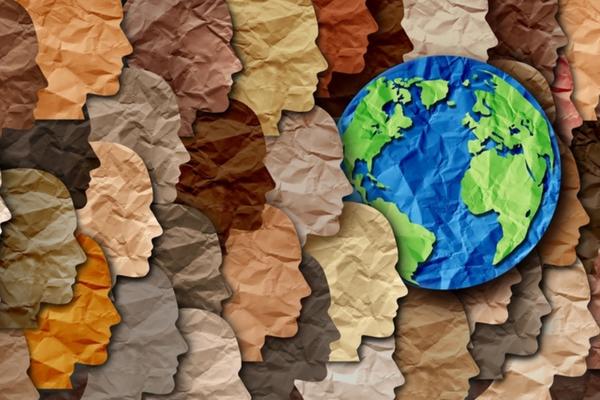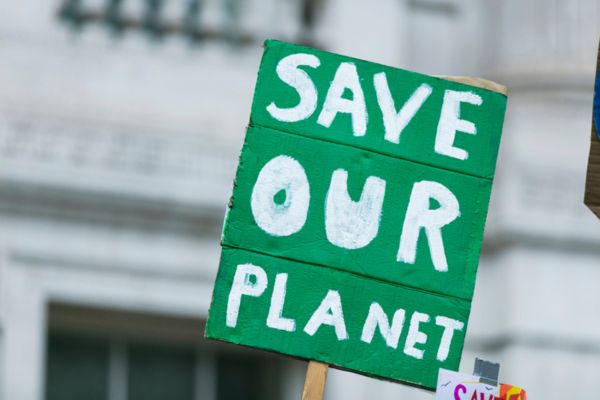Insights
INSIGHTS
All Topics
Climate change: how to embrace intersectionality
16 Jun 2023by Mary Wessel
We look at how charities and activists can embrace intersectionality, by practicing inclusion, championing collaboration, amplifying marginalised voices, and so much more
CHECK OUT OUR ’CLIMATE ACTION’ HUB!
Every single one of us will be affected by climate change – regardless of our identity and background. But those from marginalised communities are already being hit hardest. By focusing on the needs of the most vulnerable, we’ll create the most positive impact for all.
A central way to do that is to embrace inclusion and intersectionality. Because challenging oppression and protecting the planet go hand in hand.
What is intersectionality?
Humans are complex. We’re all made up of different characteristics that intersect to make us who we are. On top of that, many face oppressions or privileges that overlap – giving some people more power, and others less.
The term ‘intersectionality’ was made popular by civil rights advocate, Kimberlé Crenshaw in the 1980s. It was used to describe “the complex, cumulative way in which the effects of multiple forms of discrimination combine”.
It is a way of understanding how personal characteristics – like race, class, gender, age, and geographic location – overlap with each other, and the impact that can have on someone being discriminated against or disadvantaged.
Intersectionality doesn’t only acknowledge the multiple forms of discrimination someone might face. It highlights that when these forms of discrimination overlap, the result is unique to that person or community. For example, a black woman may experience gender discrimination and racial discrimination, but the discrimination would be a hybrid of the two.
What role does intersectionality have in climate change?
Intersectionality highlights the fact that climate change does not affect everyone equally. Climate change disproportionately affects certain marginalised and vulnerable groups and when different types of discrimination overlap, the impact can be compounded. Take, for example, the black gay communities who were still struggling with the impact of Hurricane Katrina ten years after the event.
Alongside that, many of the power structures that oppress marginalised groups are also those that are driving climate change. Friends of the Earth Scotland describes this in an article which explores how capitalism and colonialism drive climate change as well as being part of LGBTQ+ oppression.
Intersectional Environmentalist has lots of resources and a podcast that explore the diverse ways that social justice and environmentalism intersect.
How can climate change charities and climate activists take action?
When we look at an issue one at a time, there could be whole groups of people who are overlooked. But if we look at them more completely – using an intersectional lens – the solutions we come up with are more likely to help a greater number of people.
As Greenpeace put it: “Intersectionality allows us to see how we could include someone who holds multiple identities and how to make sure they have the resources and support they need. Starting from where the gap is the widest will allow us to make effective changes for everyone.”
That means it’s important for us as charities to be aware of the intersections of characteristics including race, class, gender, place, and age. We share some ways to make your inclusion intersectional. Here are three ideas to get you started.
Amplify marginalised voices
Historically, climate change campaigns have sidelined marginalized voices. And yet those marginalised voices are often the ones facing the brunt of climate change.
Listen to those voices and share their unique stories – in your content, social media, or campaigns. Make sure you’re including a wide range of voices that reflects your audience or the people you want to engage with.
Amplifying marginalised voices will help to build respect, value, and consideration of those hardest hit by climate change. It will also help to bring clarity and directness to your cause.
Champion collaboration
Collaboration can open us up to new points of view and wider resources and information. In turn that leads to better problem-solving, more creativity and new, effective solutions. In essence, more perspectives are better than one.
That could mean working with the specific communities affected by your cause. Or you might link up with charities or organisations who don’t have a specific environmental mission, but whose impact is interlinked with yours. This kind of cross-sector, cross-community collaboration can open up rich conversations and innovative answers.
Practice inclusion
Make sure that equality, diversity, and inclusion are core to your own organisation. That can be from writing an inclusive job advert through to having a diverse board of trustees.
But it also includes making sure your supporters – of whatever background, identity and characteristics – are welcomed and heard. The more this is hardwired within your organisation, the more instinctive it will be to bring together diverse voices to protect the planet. Because the more of us who join together, the more powerful we are.
Sign up for our newsletter
Click above to receive the latest sustainability content straight to your inbox
Mary Wessel
More on this topic
Related Content
Recommended Products
Related Videos
08 Jan 2025by Joe Lepper
Celebrating innovation in diversity and inclusion
03 Jan 2025by Ioan Marc Jones
Charity facts you need to know in 2025
Our Events
Charity Digital Academy
Our courses aim, in just three hours, to enhance soft skills and hard skills, boost your knowledge of finance and artificial intelligence, and supercharge your digital capabilities. Check out some of the incredible options by clicking here.

